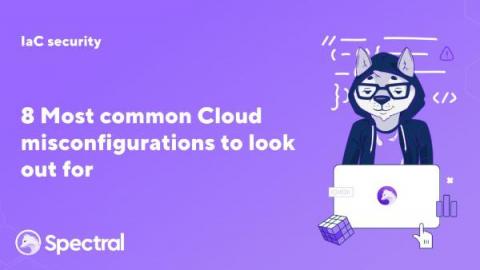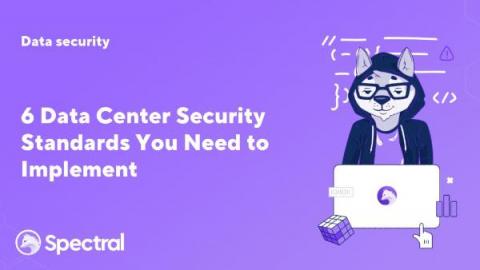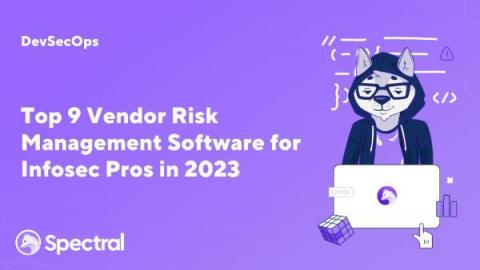7 Battle-Tested Tips for Using a DAST Scanner
While modern web applications are growing in complexity, the threat landscape is also constantly evolving. It can be difficult for developers to identify and remediate vulnerabilities in their code, especially if they need more expertise in security. As a result, manual application security testing has become ever more challenging and intricate.











